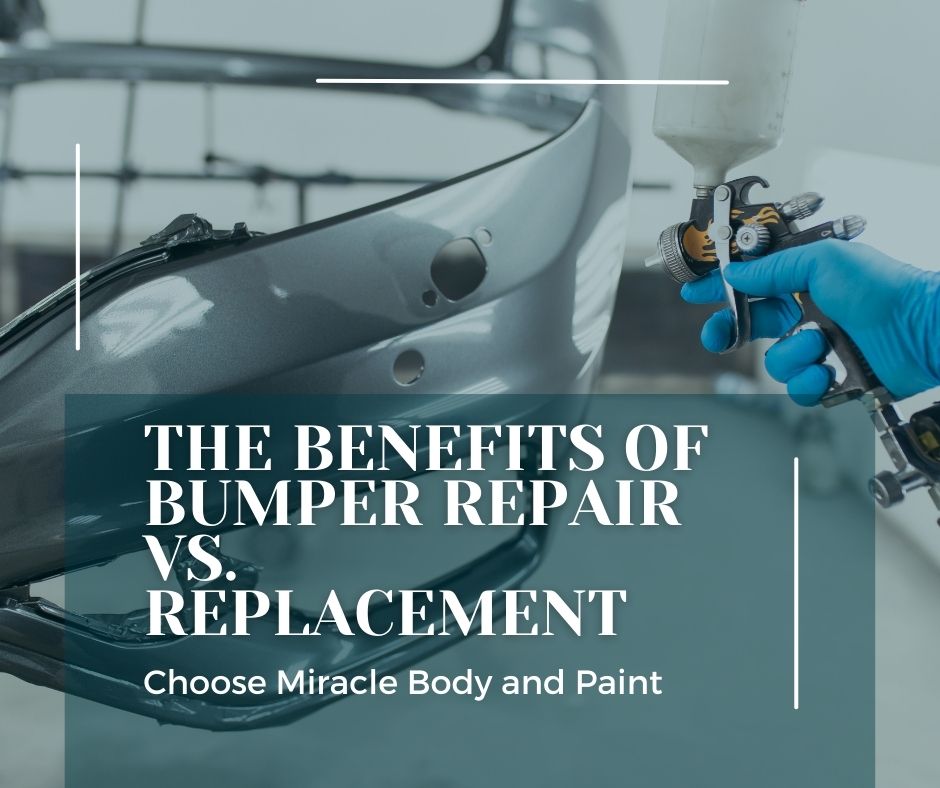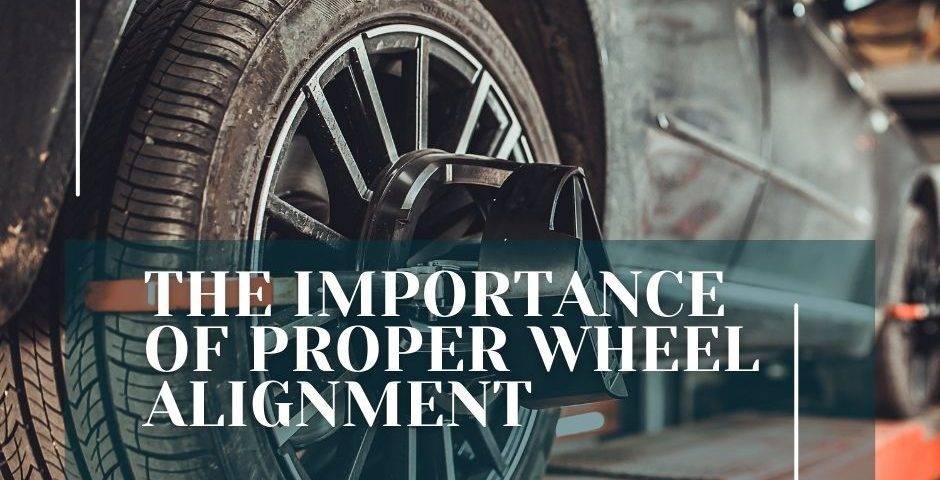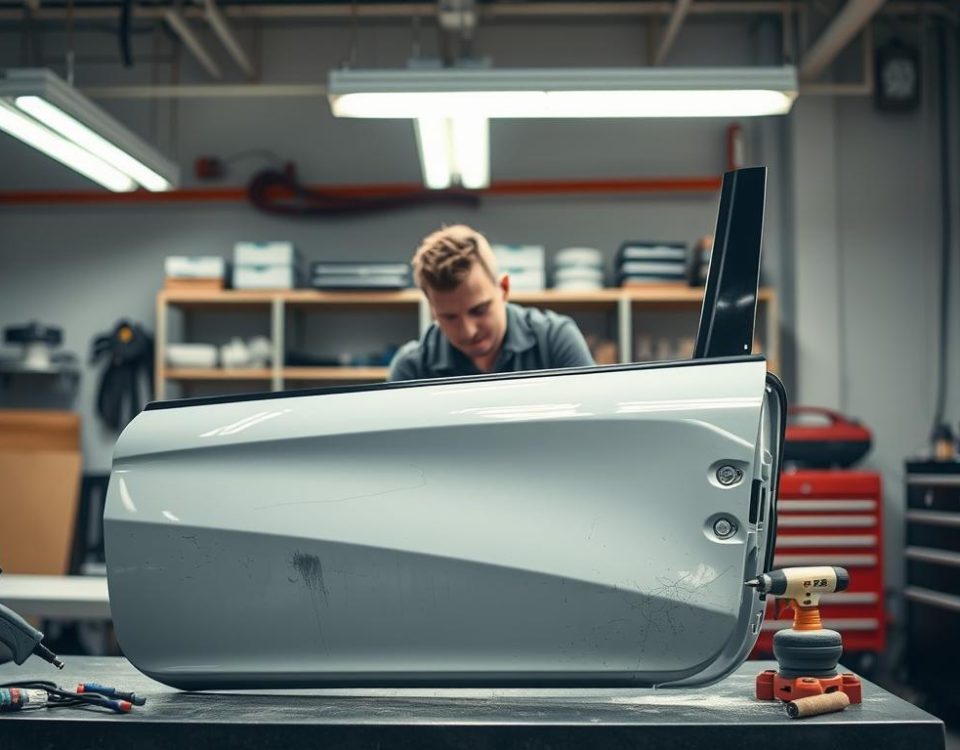Maintain Your Car’s Tires To Limit Your Risk Of A Collision

The Benefits of Bumper Repair Vs. Replacement
It is impossible to overestimate the significance of proper wheel alignment for your car’s safety and performance. Misalignments can drastically affect handling, steering and brakes in an adverse way.
Have you noticed your vehicle pulling to one side or another when driving straight? This could be an indication that it needs an alignment. Not only does this affect fuel economy and tire wear, but it could also adversely affect steering stability.
Improved Handling
It is impossible to overstate how critical wheel alignment is for your car’s safety and performance. Improper alignment of tires and wheels can result in poor handling, uneven wear, or even premature tire replacement.
Proper wheel alignment not only keeps your vehicle in proper traction, but it also reduces stress and pressure put on its tires while driving. This can help extend their life as well as enhance fuel efficiency.
Wheel alignment is essential for optimizing tire traction on the road surface and how suspension and steering systems respond to driver inputs. This requires measuring and adjusting various suspension angles such as caster, camber, and toe angle.
Mechanically speaking, wheel alignment and geometry settings must match factory suspension specifications and how your vehicle typically rides on pavement. When tuning a performance vehicle, deviating from stock settings may be necessary to maximize tire contact patch during hard cornering and improve turn-in response.
Less Tire Wear
Uneven tire wear can be indicative of improper wheel alignment. When your suspension system is misaligned, the tires may lean too far to one side, compromising steering and safety.
Incorrect alignment can also cause uneven, excessive wear on your tires’ edges and center, shortening their life. Regularly inspecting your vehicle’s wheel alignment will enable you to detect problems early and have them fixed before they worsen.
If you observe uneven tire wear, there are several telltale signs that your wheels may not be in proper alignment.
The most obvious sign of wheel alignment trouble is excessive wear on either the inside or outside edge of your tires. If this is happening on both front tires, it could indicate an alignment issue.
If you notice any irregular wear on the edges of your tires, take your car into a tire service shop immediately. This is an issue commonly caused by incorrect wheel alignment.
Increased Fuel Efficiency
Wheel alignment is an integral component of your vehicle’s suspension system. Suspensions systems consist of control arms, struts, shocks, mounting points and steering components that all work together to support and pivot your car.
Proper wheel alignment ensures your car drives straight and true, minimizing uneven tire wear and improving fuel efficiency. Over time, misaligned tires can affect MPG (mileage per gallon), reduce driving comfort, result in premature tire wear, as well as damage to suspension components.
Improper wheel alignment can also cause your car to veer from side to side, making it difficult to control and increasing the chance of a crash.
Modern cars require precise alignment to function optimally. Toe, camber, and caster adjustments all play a role in how your vehicle handles in different conditions.
Increased Safety
Wheel alignment is an essential element of preventive maintenance for your car’s optimal performance. Regular wheel alignment checks and adjustments reduce stress on brakes, suspension, drivetrain components, transmission, and power steering.
Fuel efficiency and reduced tire wear are other advantages to aligning your wheels. When your tires are not in alignment, their treads will deteriorate unevenly and more rapidly if your wheels are out of alignment.
When having your car’s wheel alignment done, the mechanic will inspect each tire and its treads for signs of wear and tear. They’ll look for similar wear patterns at similar angles as a sign that the wheel is properly aligned.
Vehicles out of alignment will have difficulty stopping, handling and moving forward efficiently, which poses a danger on the road. This could result in accidents as well as further mechanical damage.



